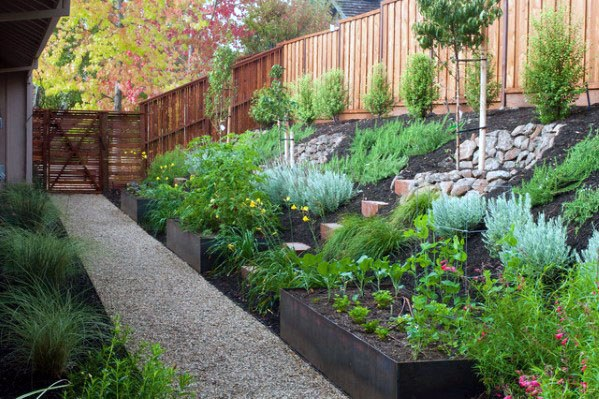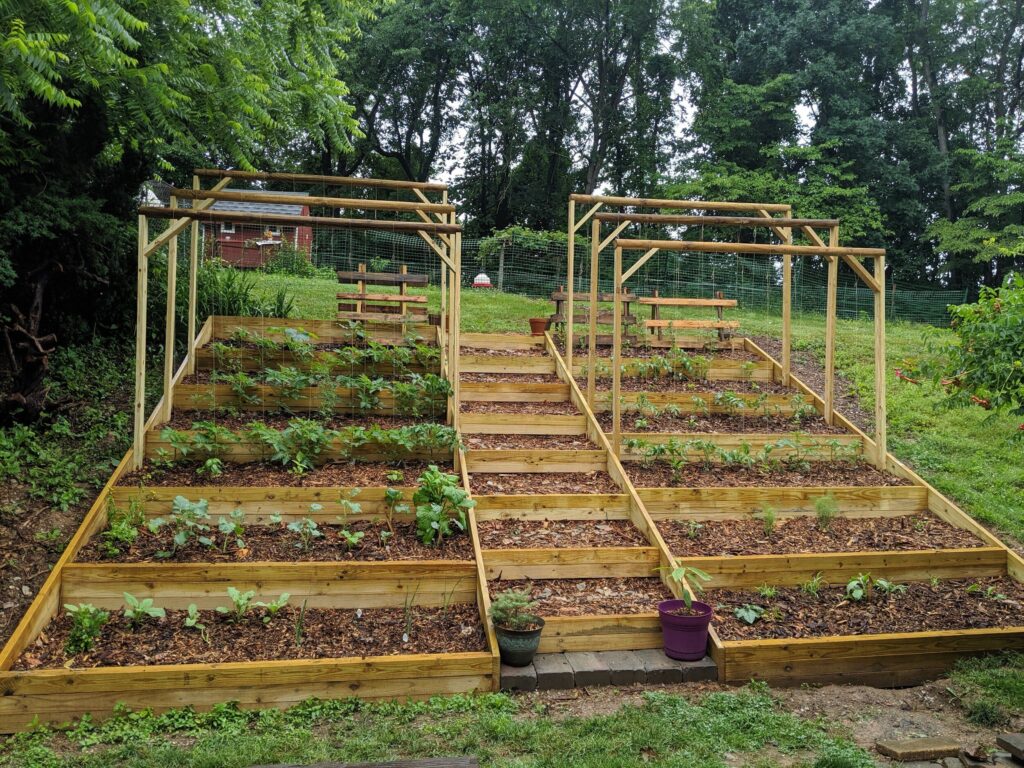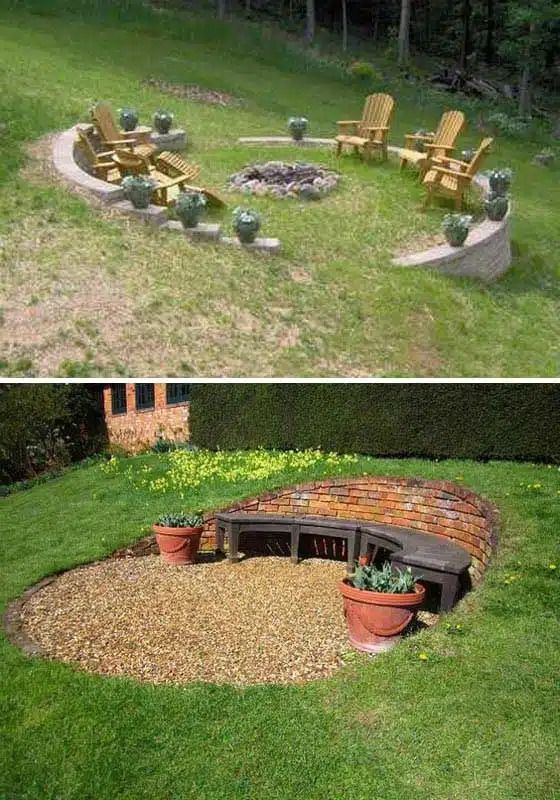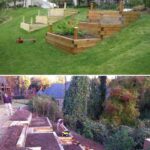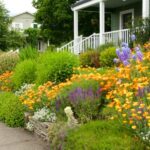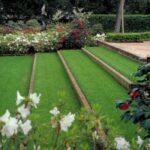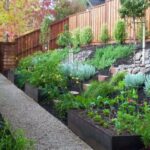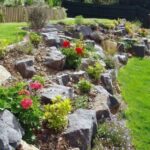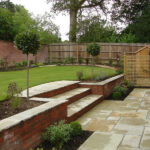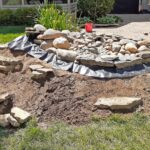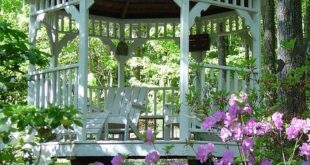When landscaping a garden on a slope, it can be challenging to find design ideas that both look aesthetically pleasing and are practical for maintaining the garden. However, with a little creativity and planning, a sloped garden can be transformed into a beautiful and functional outdoor space.
One popular idea for a garden on a slope is to create terraced levels. This involves creating flat areas at different heights on the slope, which can be used for planting beds, seating areas, or pathways. By adding retaining walls or steps between each terrace, you can create a visually striking garden that also helps to prevent erosion and control water runoff.
Another idea is to use plants that are well-suited to a sloped environment. Groundcovers like ivy or creeping phlox can help to stabilize the soil and prevent erosion, while shrubs and trees with deep root systems can help to anchor the slope and reduce the risk of landslides. Additionally, using a mix of different plants with varying heights, textures, and colors can create a more visually dynamic garden.
To add interest and structure to a sloped garden, consider incorporating hardscaping elements like pathways, stairs, or retaining walls. These features can help to break up the slope into more manageable sections, while also providing access to different areas of the garden. Using materials like stone, wood, or concrete can also help to tie the hardscaping elements into the overall design of the garden.
Water features can also be a striking addition to a garden on a slope. A cascading waterfall, a bubbling fountain, or a small pond can add a sense of tranquility and movement to the space, while also helping to mask any noise from a nearby road or neighbors. Additionally, water features can attract birds and other wildlife to the garden, creating a more vibrant and diverse ecosystem.
Lighting is another important consideration when designing a garden on a slope. Adding outdoor lighting along pathways, stairs, or planting beds can help to highlight key features of the garden and create a warm and inviting atmosphere. Solar-powered lights or low-voltage LED fixtures are both cost-effective and environmentally friendly options for illuminating a sloped garden.
Finally, don’t forget to consider the practical aspects of maintaining a garden on a slope. Installing an irrigation system can help to ensure that plants receive adequate water, while adding mulch or groundcover can help to retain moisture and prevent erosion. Additionally, regularly checking and adjusting the soil, especially after heavy rainfall, can help to prevent erosion and keep the garden looking its best. By combining these ideas with careful planning and attention to detail, you can create a stunning and functional garden on a slope that you can enjoy for years to come.
 yishifashion Where Outdoor Dreams Become Reality
yishifashion Where Outdoor Dreams Become Reality
